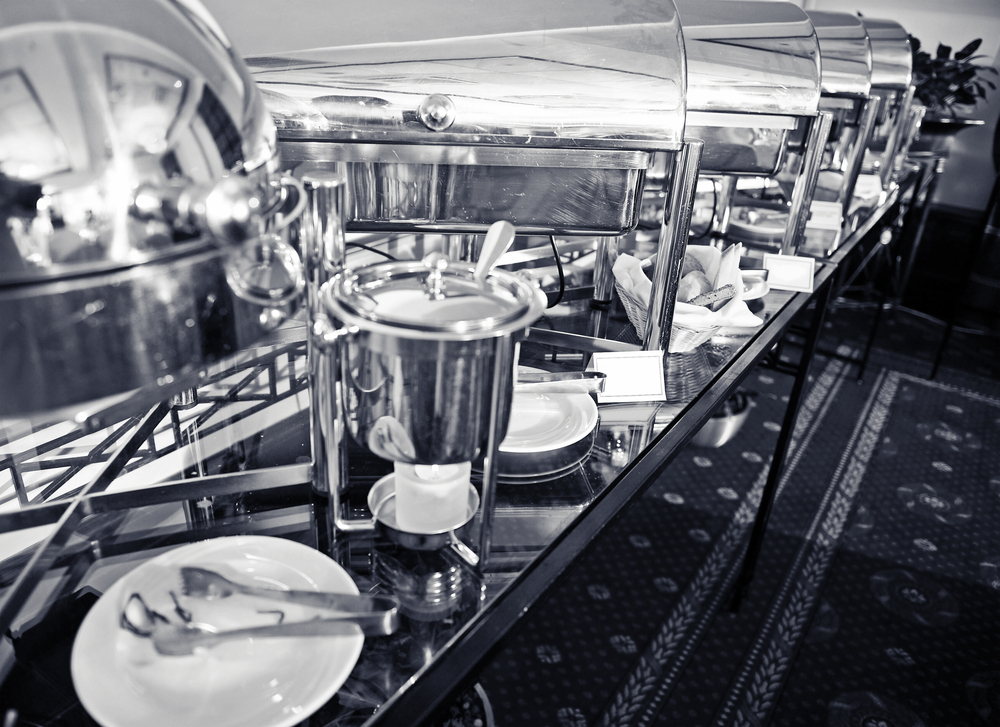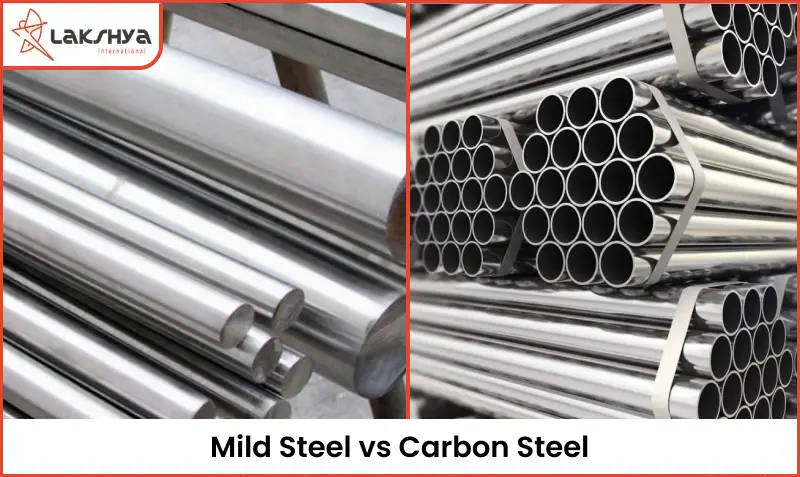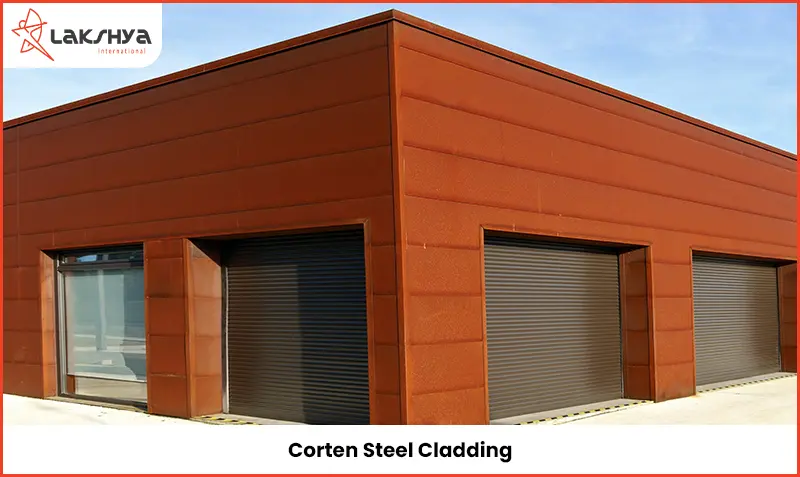Introduction
Steel is used a lot in Indian homes for cooking and eating because it is cheap, lasts a long time, and doesn’t rust. Even though stainless steel is used everywhere in the home, do we really know if the stainless steel we use is safe for our bodies?
Types of Food Grade Stainless Steel
What exactly is stainless steel? It is an alloy of iron, chromium, and, in some cases, nickel and other metals that doesn’t rust. Stainless steel is the best “green” material because it can be recycled indefinitely and completely. If an alloy has more than 10.5% chromium, it is stainless steel. In general, if an alloy has more than 14–18% chromium, it is safe for food or is “food grade.” With at least 10.5% chromium, stainless steel is always protected by a passive layer of chromium oxide that forms on the surface when the chromium reacts with oxygen from the air or water.
“Food-grade” refers to any type of stainless steel (SS) that is resistant to wear and tear and can handle heat in a way that makes it safe to use for cooking different kinds of food. Food-grade SS often has more chromium in it, which makes it less likely to rust.
There are many types of food-grade stainless steel on the market right now. Find out what works best for your family.
SS 316 – When making food-safe stainless steel containers, SS grade 316 is usually the best choice for smaller families who cook every day. 316 SS is more chemically resistant to salt and stronger acids like lemon or tomato juice. It is often used for many different things. It has 18% chromium and more than 10% nickel, which makes it very resistant to rust.
SS 304 – SS grade 304 is the most common type of stainless steel. It is often used in factories, hospitals, and kitchen appliances. It has a chromium and nickel content of 18% and 8%, respectively, and is very resistant to corrosion by many types of chemicals.
SS 430 – SS grade 430 is often used to cook for large groups because it is inexpensive, has a nice polish, and is more resistant to some types of corrosion. SS grade 430 is often used in industrial kitchen and catering equipment because it doesn’t rust. It has 18% chromium but no nickel, which makes it cheaper while still being food-grade stainless steel.
These are some of the most popular types of stainless steel, which are also used in commercial kitchens. Their compositions vary slightly, which makes them suitable for different environments and uses. Now that we know the different types of grades, we should also be aware of a number of other things. For example, the type of operating environment (temperatures, humidity, extreme weather, etc.) and tensile strength are both things that affect how well stainless steel works.
The benefits of using food-grade stainless-steel cookware:
It’s important to use the right grade of stainless steel since low-grade stainless steel doesn’t let food cook evenly.
Non-leachable
Stainless steel doesn’t leak, so it’s safe to cook with and doesn’t change the flavour or taste of food.
Non-reactive
Stainless steel doesn’t rust like other metals do when it comes in contact with acidic foods. This means that there is no risk of chemicals getting into a meal when very acidic foods like tomato sauces and curry dishes are being made.
Environment friendly
Stainless steel is green because it can be recycled over and over again. Stainless steel is made from iron, chromium, nickel, and a few other metals. These metals come from rocks and are not able to be made again. Stainless steel is good for the environment because it is made of these metals.
Versatile
When used at the right temperature, the best grade of stainless steel can go in the oven. Stainless steel can also go in the dishwasher because it is hard to break. It’s also easy to work with because it’s not as heavy as things like cast iron.
Durable and Robust
The best material is stainless steel, which is better than “non-stick” cookware, which has a coating that can chip or stain. It doesn’t chip and doesn’t rust, so it can last for many years or even decades.
Easy & Quick to Clean
Stainless steel cookware is easy to clean because its surface is smooth and doesn’t have any holes. Even though stainless steel is strong, rough sponges can sometimes leave scratches. The best way to clean pots and pans is to soak them in warm detergent water and then put them in the dishwasher.
Stainless steel is a worldwide phenomenon that is used in everything from kitchenware to surgical instruments and other operations. Using high-quality, food-grade stainless steel in the kitchen can make sure that the food you and your family eat is safe and healthy.
Read More :
Steel Pipes used in Process Industries: As a result of their composition of iron and other metals, such as aluminum, manganese, etc., steel pipes offer more strength and durability than iron pipes.
Which is better? 304 vs 316 Stainless Steel: Although it is less susceptible to stains than other iron-based metals, stainless steel is not truly “stainless”. Stainless steel can develop fingerprint and grease stains, discoloration, and finally rust much like regular steel. Resilience makes a difference. Stainless steel can endure more use and abuse before beginning to corrode.




